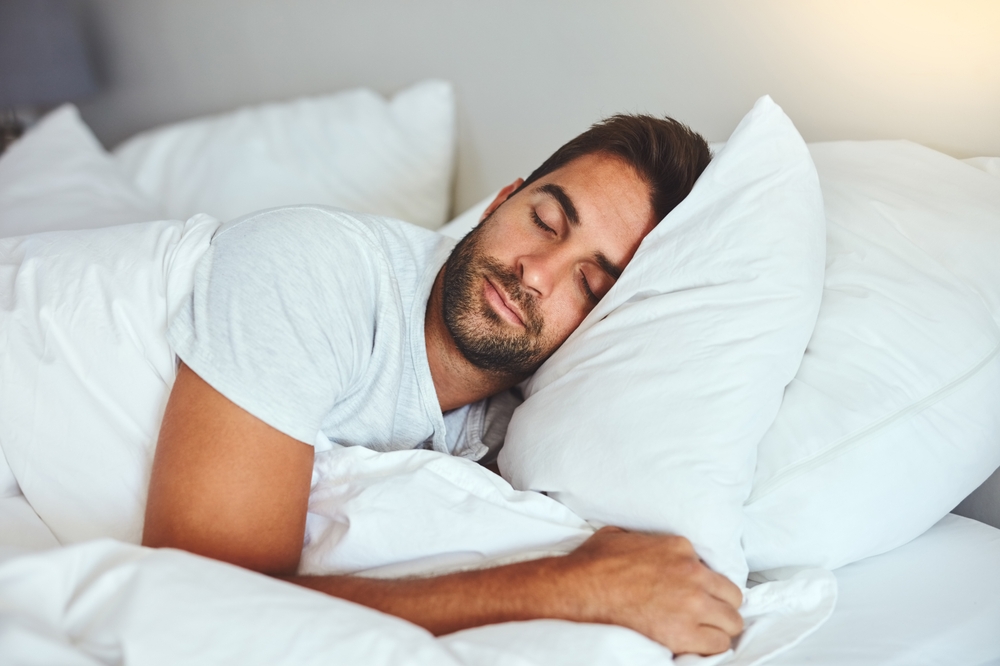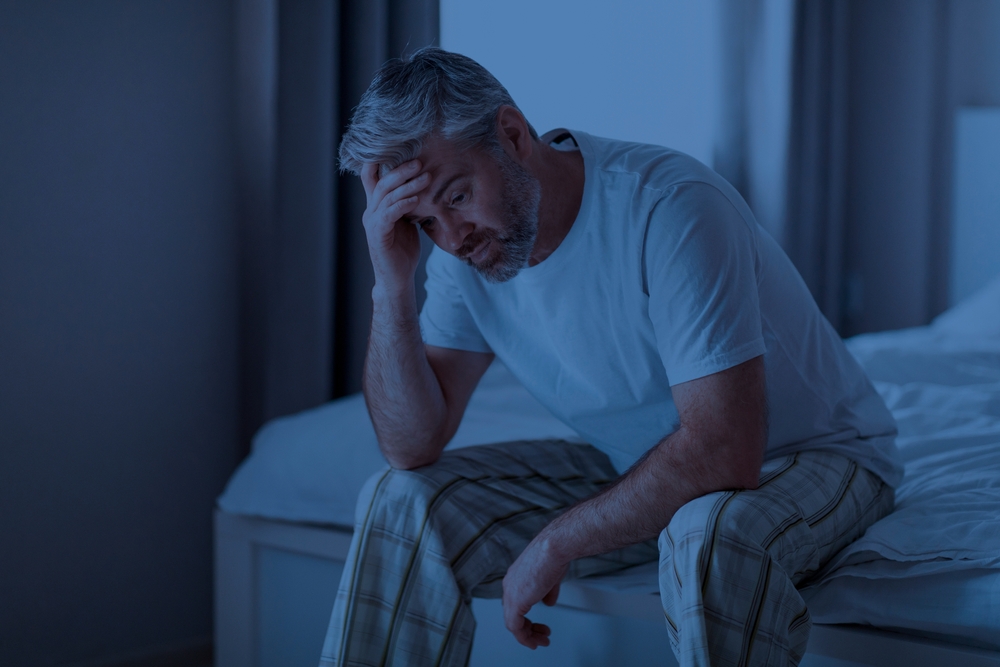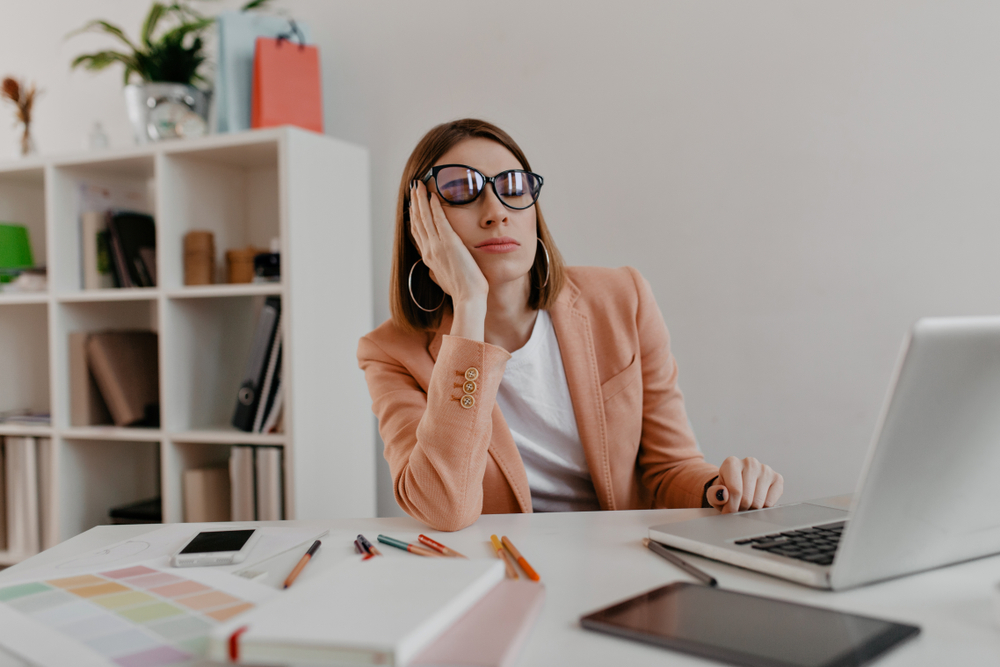
menu

Posted in Uncategorized | September 16, 2024

Do you struggle to fall asleep or stay asleep? Good sleep is critical to healthy brain function and staying healthy.
Yet, sleep apnea can hold you back from experiencing the benefits of restful sleep. If you’re struggling with persistent daytime sleepiness and exhaustion caused by sleep apnea, you can still enjoy better sleep with simple, effective strategies.
Keep reading to find out how you can sleep easier with sleep apnea!

Sleep apnea is a sleep disorder in which breathing stops and starts repeatedly during sleep, leading to low oxygen levels. The lack of oxygen triggers a survival reflex in the brain that jolts you awake momentarily so you can start breathing again.
The periods of not breathing last for 10 to 30 seconds and can occur 5 to 30 times per hour. However, these cessations in breathing don’t wake you up entirely.
They still disrupt your sleep, preventing you from getting enough restorative sleep that enables you to remain mentally alert and focused, productive, and energetic the following day.
There are three types of sleep apnea, each of which affects patients differently. These include:
Obstructive sleep apnea is the most common form of sleep apnea. It happens when the muscles supporting soft tissues in your throat, such as the soft palate and tongue, relax.
When the muscles relax, they narrow or block your airway, temporarily disrupting breathing. Blocking your airway and temporarily disrupting your ability to breathe leads to a drop in oxygen levels, causing you to wake up so you can resume breathing.
In central sleep apnea, the brain doesn’t tell the muscles that control breathing to take in air. If you can no longer breathe in air, your breathing is uninterrupted while sleeping, and it may last for only a few seconds to several minutes. Central sleep apnea is a neurological issue affecting the brain’s ability to regulate breathing.
Some people have both obstructive and central sleep apnea at the same time. When that happens, it’s called mixed sleep apnea.
If you have mixed sleep apnea, you may have both physical blockages to your airway and periods where your brain does not signal the need to breathe, which makes it more challenging to treat.
The signs of sleep apnea vary from person to person and may include:

Without timely treatment, sleep apnea can be serious and even life-threatening. It could cause many health problems, including:
The following strategies can help you sleep easier if you have sleep apnea, including:
A CPAP machine is usually the first line of treatment for patients with obstructive sleep apnea. It involves using a nosepiece or mask connected to a machine that delivers a steady and constant flow of pressurized air into your nose and mouth.
The airflow keeps your throat and airway open, allowing you to breathe normally as you sleep. For the treatment to work, you should use your CPAP machine whenever you’re sleeping and napping, whether at home or traveling.
Correct use of a CPAP machine decreases breathing interruptions, improving your quality of sleep. As a result, you’ll feel well-rested and less sleepy and tired during the day.
Your ENT specialist at Specialty Care ENT may recommend oral appliance therapy to treat obstructive sleep apnea if you can’t use a CPAP machine. Oral appliances help keep your airway open during sleep.
These devices bring your tongue or lower jaw forward, keeping your airway open while you sleep. Keeping your airway open while sleeping helps you breathe better and decreases the number of times sleep apnea wakes you up, resulting in better-quality sleep.
Approximately half of the people with sleep apnea are overweight. Weight loss decreases the fatty deposits in the tongue and neck that can contribute to restricted airflow while sleeping.
Even losing a little bit of weight can open up your throat and help you sleep better.

Working out frequently can lead to positive outcomes for patients with obstructive sleep apnea. Different types of exercise, such as walking, jogging, biking, yoga, and a mix of resistance training and aerobic exercise, can help decrease obstructive sleep apnea symptoms like daytime sleepiness and improve sleep quality.
Aim for 30 minutes of exercise daily to achieve the best results and help reduce obstructive sleep apnea symptoms.
Although you may have a favorite position to sleep in, changing the way you sleep can help you breathe easier again, sleep better, and improve sleep apnea symptoms. Sleeping on your back causes the tongue, jaw, and other soft tissues to drop back toward your throat, narrowing your airway.
Sleeping on your side or stomach can reduce the severity of sleep apnea symptoms, including snoring. Remember that finding the most comfortable position can take time when changing your sleeping position.
Good sleep hygiene can make getting a good night’s sleep easier. You can increase your sleep hygiene by:
Sleep apnea can wreak havoc on your sleep. If you’re experiencing excessive daytime sleepiness and other sleep apnea symptoms, the experienced ENT specialists at Specialty Care ENT can determine the best treatment to improve your sleep, sleep apnea symptoms, and quality of life.
Are you struggling with sleep apnea? Schedule your appointment today at Specialty Care ENT in Barrington, Elgin, Hoffman Estates, and Arlington Heights, IL. It’s time to take charge of your sleep and overall health.